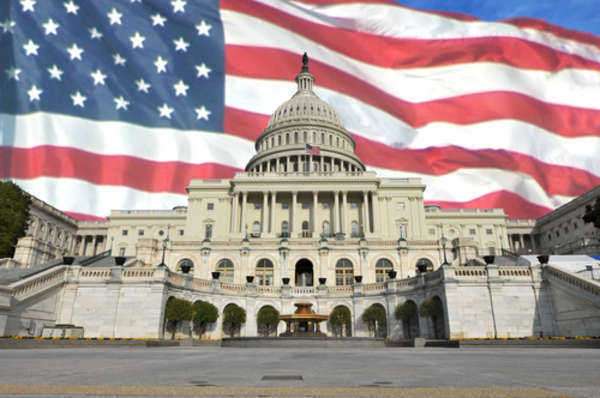
New York Times v. Sullivan is a historic case that helped to establish the First Amendment’s crucial role in protecting freedom of the press and the public’s right to information. The case was a defamation suit filed against The New York Times by L.B. Sullivan, a public official in Alabama, who claimed that certain statements published in the newspaper were false and had damaged his reputation.
In the 1960s, civil rights activists in the South were using protests, boycotts, and demonstrations to challenge segregation and discrimination. The New York Times published an advertisement that raised funds for the legal defense of the Rev. Martin Luther King Jr. The ad contained allegations of violent tactics used by local law enforcement against civil rights activists, including King himself. The ad did not mention Sullivan by name, but he was the city commissioner responsible for the police department.
Sullivan sued The New York Times and its publisher for libel. He won in the state courts, which rejected the Times’ defense that the statements were true. The case eventually reached the Supreme Court.
In a landmark decision, the Court held that public officials must prove “actual malice”—knowing or reckless disregard for the truth—if they wish to sue for defamation. This standard is significantly higher than the standard for private individuals. The Court reasoned that the First Amendment’s protection of freedom of the press requires a robust level of speech and debate about public officials, and that libel suits could chill free speech. The Court asserted that even erroneous statements made in good faith should be safeguarded to protect the free flow of information.
Overall, the Court’s decision in New York Times v. Sullivan was a major victory for freedom of speech and set an important precedent for future cases involving media and defamation. The ruling reflected a deep understanding of the importance of robust debate of public officials and the need for journalists to be able to report on controversial issues without fear of retaliation. By imposing the actual malice standard, the ruling sought to balance the important interests of freedom of the press, public discourse, and individual rights.
The impact of New York Times v. Sullivan has been far-reaching. The ruling has been cited in numerous subsequent cases to support the idea that the First Amendment protects a wide range of speech, even that which is considered offensive or controversial. More broadly, the case has helped establish that the press plays a crucial role in holding power to account and that allowing the government to punish critical or dissenting speech could seriously threaten the functioning of democratic societies.
In conclusion, New York Times v. Sullivan is a seminal decision in American legal history that helped to clarify the balance between freedom of speech and individual rights. It underscores the foundational conviction that free expression is critical for a thriving democracy and highlights the need to protect a vibrant and robust press. The case remains relevant today as the United States—and the world—continue to wrestle with challenges to free speech and press freedoms.
New York Times v. Sullivan (1964) is a significant United States Supreme Court case which held that the court must find evidence of actual malice before it can hold the press guilty for defamation and libel against a public figure. This was a landmark Supreme Court decision regarding freedom of the press.
New York Times v. Sullivan established the actual malice standard which requires the plaintiff to prove that the publisher was aware that the statement was false and published it anyway. This places a very high burden of proof on the plaintiff in a libel cases. The concept of public figures is important in freedom of the press cases. A public figure is a person that puts themselves in the eye of the public, such as a politician or celebrity. These individuals have the burden of proof in defamation and libel cases.
This was a very controversial issue at the time because of the highly publicized civil rights cases in the South, where many Southerners continued to practice segregation. News organizations that desired to run these stories were often hesitant due to fear that they would be dragged into a libel suit. When the Supreme Court held in New York Times v. Sullivan that the Times was not guilty of libel, it opened up many opportunities for news sources to print stories about the civil rights cases in the South. In 1960, the New York Times ran an advertisement about Martin Luther King that contained inaccuracies about the conduct of the Montgomery, Alabama police department.
The newspaper alleged that the police department took unlawful action against civil rights protesters. The Montgomery Police Commissioner, L. B. Sullivan wrote a letter to the New York Times demanding they run a retraction of the story. When the Times refused, Sullivan brought suit against the newspaper and received damages. The Times still did not publish a retraction because they claimed the advertisement did not specifically name Sullivan and was not a condemnation of his conduct.
In New York Times v. Sullivan, the United States Supreme Court held that the actions of the New York Times were not sufficient for a libel suit. The New York Times was protected under the freedom of the press clause of the First Amendment, which states that “Congress shall make no law…abridging the freedom of speech, or of the press”. The Court ruled under the actual malice standard. This would require Sullivan to prove that the New York Times knew the statements against him were untrue and acted recklessly through a conscious lack of investigation by publishing them.
The Supreme Court determined that the Alabama State court’s award of punitive damages to Sullivan was not appropriate due to the Times’ Constitutional right to freedom of the press. New York Times v. Sullivan was the first time that the Court used the concept of actual malice in the freedom of the press case. The actual malice standard requires the plaintiff to prove that the plaintiff had knowledge of the untruth of the statements published, rather than the plaintiff having to prove the truth of the statements.

























